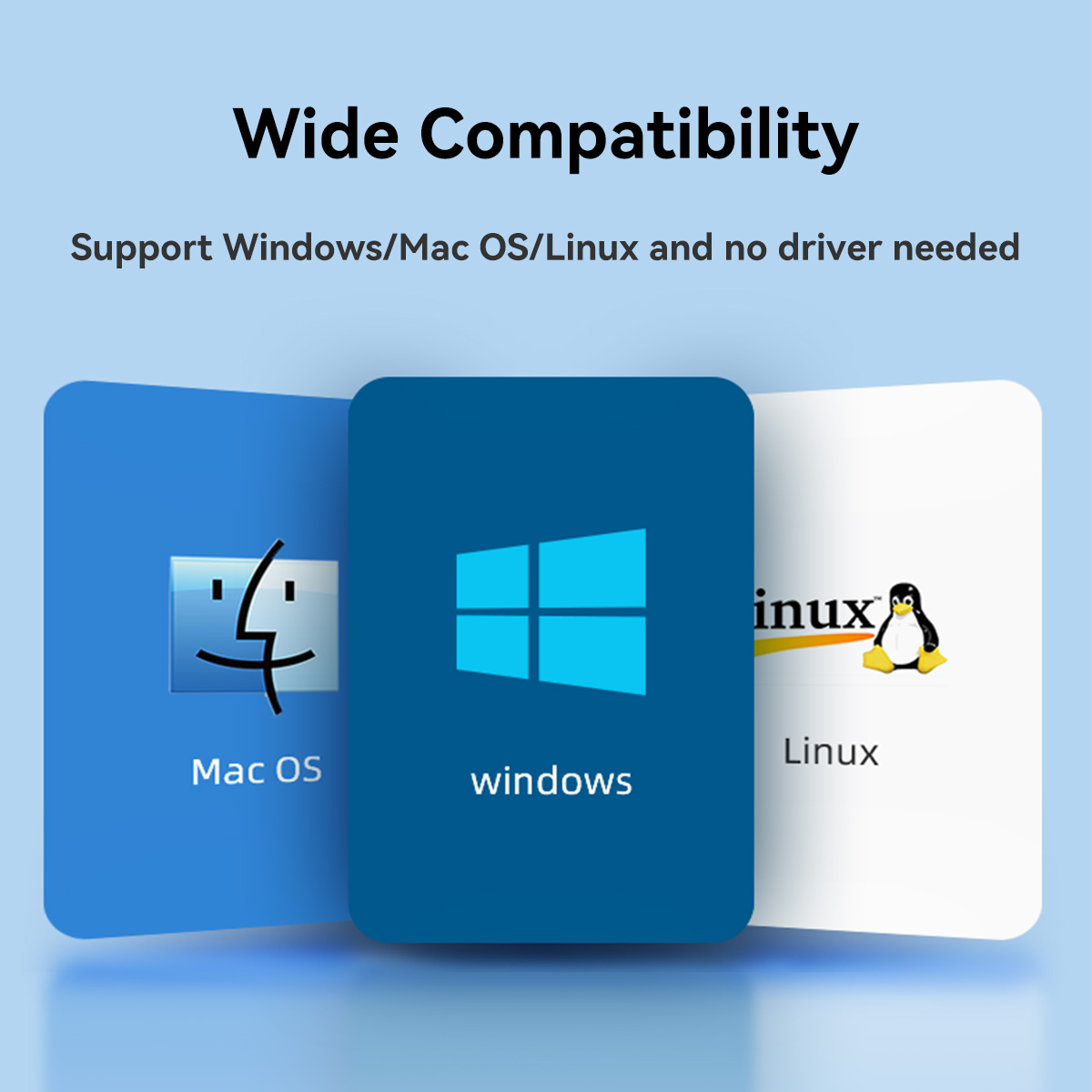SATA enclosures have revolutionized the world of external storage, offering a reliable and flexible solution for individuals and businesses alike. Their development has been at the forefront of technological advancements, with continuous improvements in performance, compatibility, and capacity. In this article, we will delve into the current state of SATA enclosures and explore the future trends that will shape the external storage landscape.
Advancements in SATA technology have significantly improved the performance of external storage enclosures. The latest SATA III standard offers blazing-fast data transfer rates of up to 6 Gbps, enabling seamless file transfers and efficient backups. With the increasing demand for faster transfer speeds, manufacturers are constantly pushing the boundaries of SATA enclosure performance.
One notable trend is the integration of solid-state drives (SSDs) into SATA enclosures. SSDs provide lightning-fast read and write speeds, drastically reducing file access and transfer times. This integration not only enhances the overall performance of SATA enclosures but also provides a glimpse into the future, as SSDs continue to become more affordable and commonplace.
SATA enclosures are known for their broad compatibility with various operating systems and devices. The prevalence of standardized SATA interfaces ensures seamless connectivity across different platforms, including PCs, laptops, gaming consoles, and media players. This flexibility has made SATA enclosures a popular choice among users with diverse storage needs.
Looking forward, manufacturers are focusing on expanding compatibility even further. They are developing SATA enclosures with USB Type-C interfaces, which offer faster data transfer speeds and reversible connectors. This compatibility with the latest USB standards ensures that SATA enclosures remain relevant and future-proof, as USB Type-C becomes more prevalent.
As digital content continues to grow exponentially, the need for higher storage capacities becomes paramount. SATA enclosures have been at the forefront of this trend, accommodating larger and more affordable hard drives that can store vast amounts of data.
In recent years, we have witnessed the emergence of SATA enclosures supporting multiple hard drives through RAID configurations. This enables users to harness the power of redundancy and increased storage capacity. Manufacturers are also exploring innovative technologies, such as shingled magnetic recording (SMR), to further enhance storage densities and capacities in SATA enclosures.

Cloud storage has gained immense popularity in recent years, offering users convenient access to their data from anywhere in the world. SATA enclosure manufacturers have recognized this shift and are integrating cloud connectivity into their products.
Some SATA enclosures now feature built-in cloud synchronization capabilities, allowing users to effortlessly backup and sync their data with popular cloud storage providers. This seamless integration between local SATA storage and the cloud ensures that users have the best of both worlds - fast, on-demand access to data stored locally and the added peace of mind of cloud backups.
Looking into the future, SATA enclosures are poised to continue their dominance in the external storage market. With advancements in performance, compatibility, and storage capacities, these enclosures are becoming increasingly vital tools for individuals and businesses alike. As technology evolves, it will be exciting to see how SATA enclosures adapt and continue to shape the way we store and access our data.